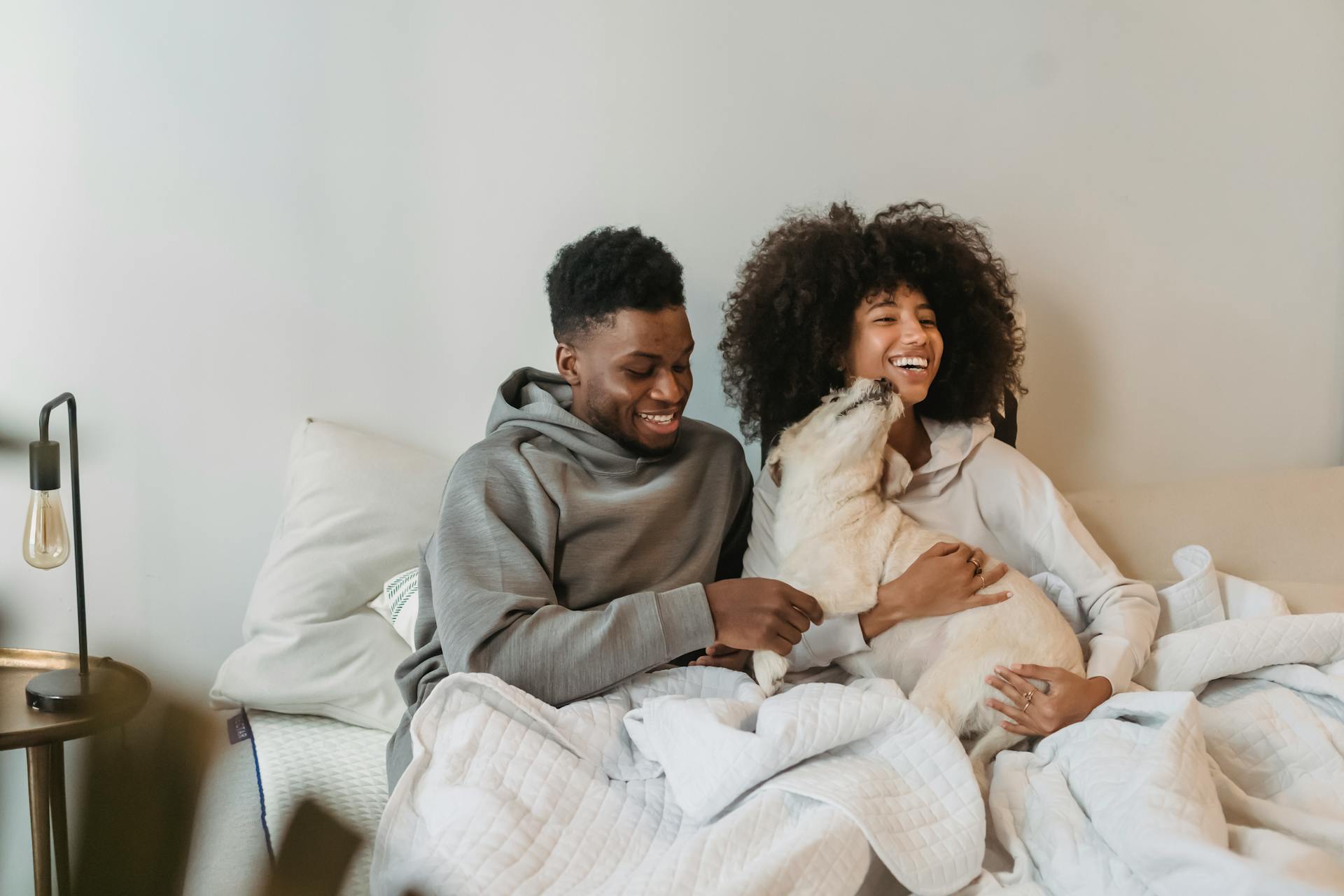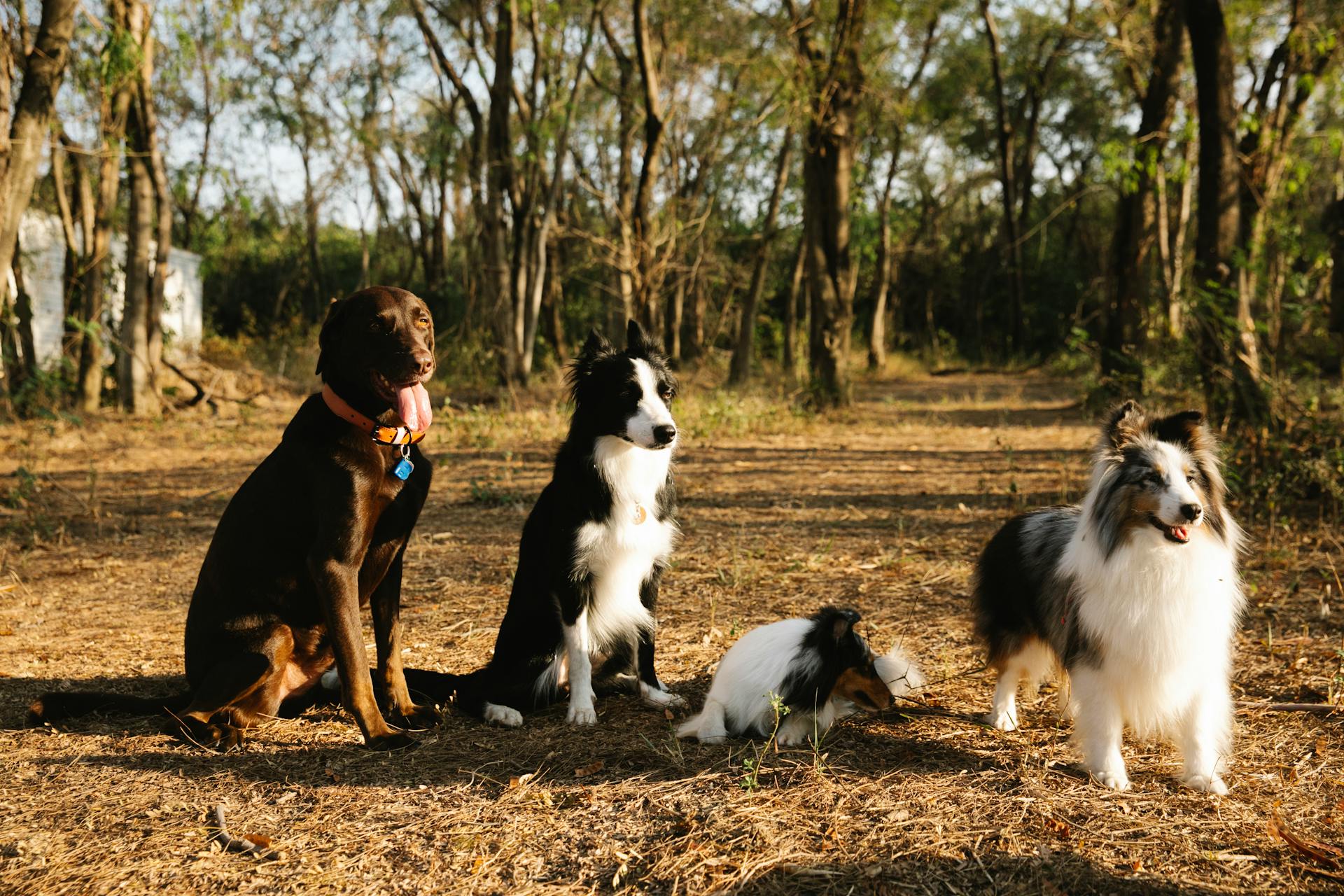
Hachikō, a loyal Akita, waited for his owner, Ueno Hidesaburō, at Shibuya Station in Tokyo, Japan every day for nine years and 50 days. His owner had passed away, but Hachikō continued to wait for him at the station.
Hachikō's devotion was a result of the strong bond he shared with Ueno. They had been inseparable since Hachikō was a puppy. Ueno would often take Hachikō with him to the university where he worked.
The people of Shibuya Station grew accustomed to seeing Hachikō wait for Ueno and would often feed and pet him. However, Hachikō's loyalty never wavered, and he continued to wait for his owner every day.
Hachiko's Story
Hachiko was born in Tokyo in 1923 and was adopted by Professor Hidesaburō Ueno, a professor at the University of Tokyo. He was just a year old when he began a daily routine with Ueno, waiting for him at a train station in Shibuya.
This routine was a special bond between Hachiko and Ueno, who would meet at the station every day before Hachiko would follow him home. The two were inseparable.
Ueno's sudden death from a cerebral hemorrhage shocked everyone, but Hachiko continued their daily routine, showing up at the station every night for what observers thought was a vigil. It was a remarkable display of loyalty.
Hachiko's story was first written by one of Ueno's students, who published an account in a Tokyo newspaper, sparking a legend that would spread far and wide.
Here's an interesting read: Hachiko Dog Statue Location
Impact and Legacy
Hachikō's devotion is honored each year with a solemn ceremony at Shibuya Station on March 8, the anniversary of his death.
Hundreds of dog lovers attend the ceremony to pay their respects to Hachikō's memory and loyalty.
The ceremony is a testament to the enduring impact of Hachikō's story.
In 2013, the 90th anniversary of Hachikō's birth was marked with a special ceremony, highlighting his lasting legacy.
Yaeko, Hachikō's owner, was eventually buried together with Ueno and Hachikō, fulfilling a long-held wish.
Media and Culture
Hachikō has been a source of inspiration in popular culture, with numerous adaptations and references in various forms of media.
The 1987 film Hachikō Monogatari, directed by Seijirō Kōyama, tells the story of Hachikō's life from birth to death and his spiritual reunion with his master.
In the animated series Futurama, the episode "Jurassic Bark" (2002) features a tribute to Hachikō, with Fry discovering the fossilized remains of his dog, Seymour, who waited for 12 years outside Panucci's Pizza.
Hachikō has also been the subject of several children's books, including "Hachikō: The True Story of a Loyal Dog" (2004), "Hachiko Waits" (2004), and "Hachikō: The Dog that Waited" (2022).
Hachikō's legacy has extended to video games, with his statue featured in The World Ends with You (2007) and its sequel, NEO: The World Ends With You (2021).
Intriguing read: The Loyal Dog Hachiko
Publication
Hirokichi Saito, a student of Ueno, was instrumental in bringing Hachikō's story to the public eye through his publications.
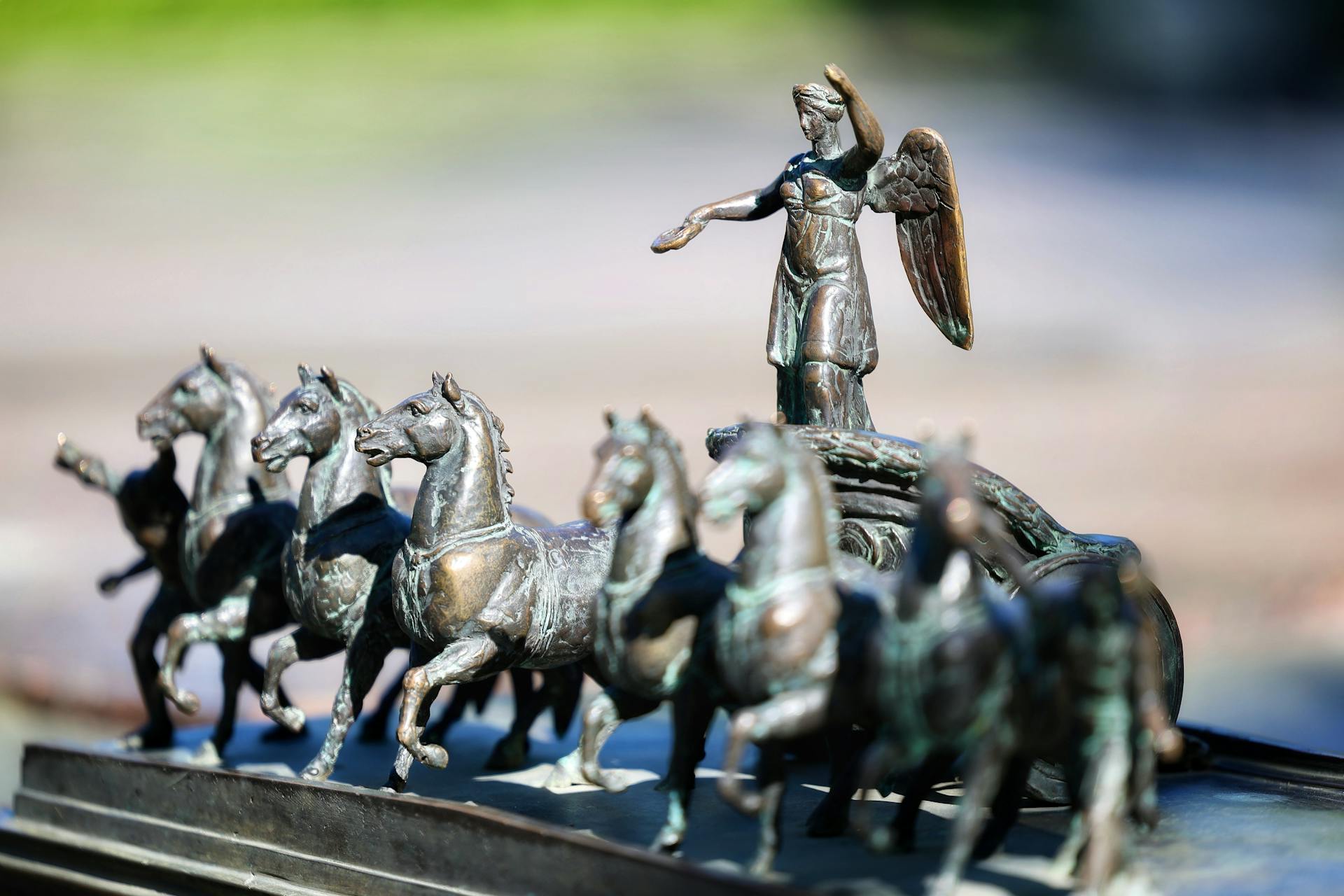
Saito's documented census of Akitas in Japan found only 30 purebred Akitas remaining, including Hachikō from Shibuya Station.
His articles about Hachikō's remarkable loyalty were widely read and helped to place the dog in the national spotlight.
In 1932, one of Saito's articles published in Asahi Shimbun was particularly influential, as it highlighted Hachikō's faithfulness to his master's memory.
This exposure helped to make Hachikō a national sensation, with his story inspiring people across Japan to strive for greater family loyalty.
The publication of Saito's articles also led to a renewed interest in the Akita breed, with many people learning more about the breed and its characteristics.
A sculpture of Hachikō was created by Teru Ando, which further cemented the dog's place in Japanese culture and history.
Worth a look: Is a Dog a Person Place or Thing
Gallery
A fascinating aspect of Hachikō's legacy is the various exhibits and displays that showcase his life and story. One such exhibit is the Shin Shuzo Shiryoten at the Shibuya Folk and Literary Shirane Memorial Museum in Shibuya ward.
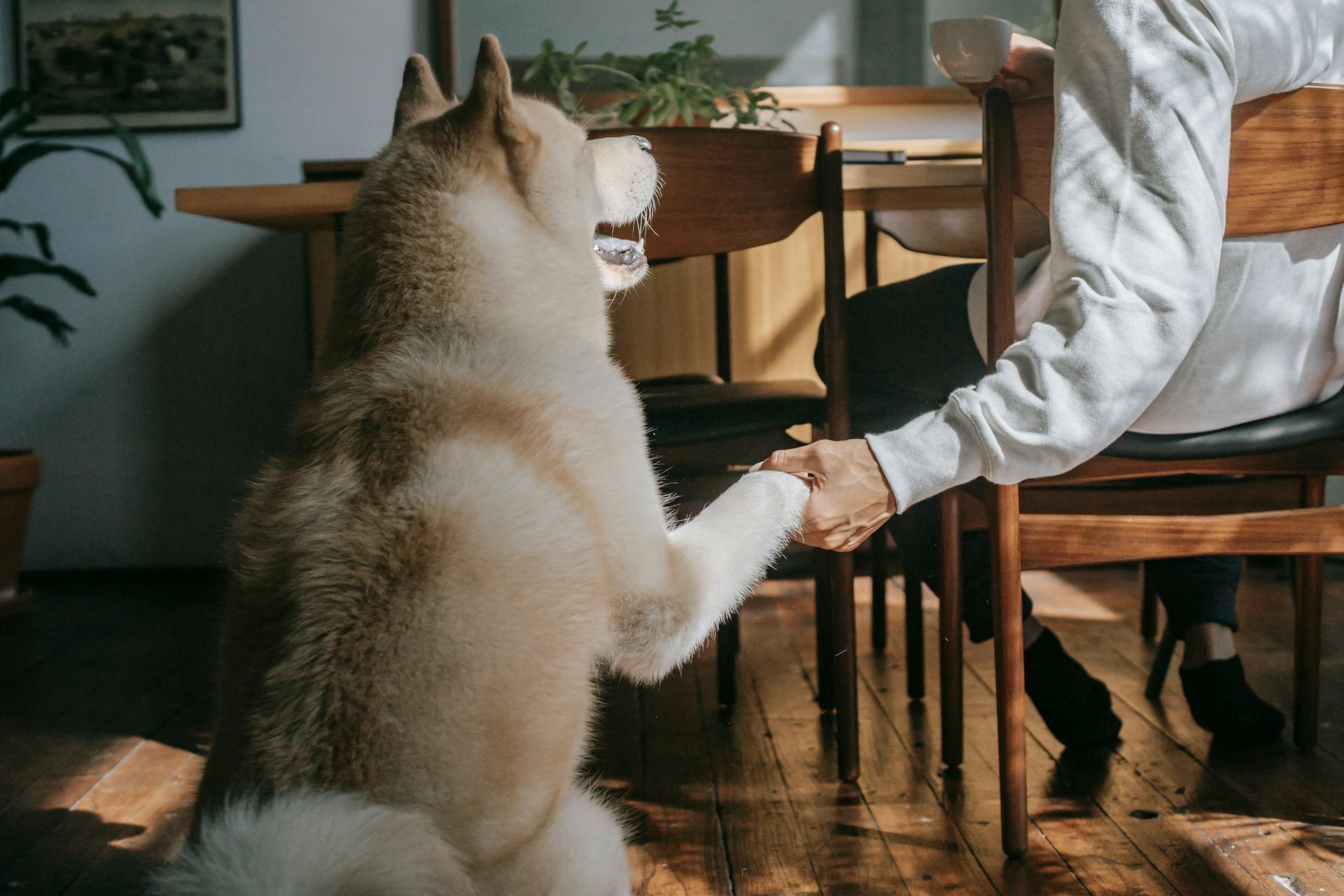
Rare photos from Hachikō's life were shown at this exhibit in July 2012 as part of the "Exhibition of newly stored materials". I've always been interested in photography, and it's amazing to see how these rare images give us a glimpse into Hachikō's daily life.
A previously undiscovered photograph of Hachikō was published for the first time in November 2015. This image, captured in 1934 by a Tokyo bank employee, shows the dog relaxing by himself in front of Shibuya Station.
The photograph was a significant find, and it's wonderful to see how it has contributed to our understanding of Hachikō's life.
If you're interested in seeing more images of Hachikō, here are a few notable exhibits:
- Hachikō's taxidermied fur exhibited at the National Museum of Nature and Science in Ueno
In Popular Culture
Hachikō's story has been told and retold in various forms of media, captivating audiences around the world.
Hachikō was the subject of the 1987 film Hachikō Monogatari, directed by Seijirō Kōyama, which told the story of his life from his birth up until his death and imagined spiritual reunion with his master.

The film was a blockbuster success, considered the last big hit for Japanese film studio Shochiku Kinema Kenkyū-jo.
Hachikō's loyalty has also been celebrated in children's books, including "Taka-chan and I: A Dog's Journey to Japan" (1967) and "Hachikō: The True Story of a Loyal Dog" (2004).
In the animated series Futurama, an episode called "Jurassic Bark" (2002) pays homage to Hachikō, with Fry discovering the fossilized remains of his dog, Seymour.
Here's a list of some notable adaptations and references to Hachikō in popular culture:
- Hachikō: The Dog that Waited (2022) - an illustrated book by Lluís Prats and Zuzanna Celej
- Hachikō Waits (2004) - a children's book by Lesléa Newman and Machiyo Kodaira
- The World Ends with You (2007) and NEO: The World Ends With You (2021) - video games featuring the Hachikō statue
- Hachi: A Dog's Tale (2009) - an American movie starring Richard Gere
- Tommy (2015) - a Telugu film based on the story of Hachikō
Hachiko's Life and Death
Hachiko was born in Tokyo in 1923 and was adopted by Professor Hidesaburō Ueno the next year. He was a loyal companion to the professor, and their daily routine involved meeting at a train station in Shibuya, where Hachiko would follow the professor home.
Hachiko's life took a tragic turn when his beloved master, Professor Ueno, died suddenly in 1925. Despite this, Hachiko continued to show up at the train station every day, waiting for his master to return.
Hachiko's remains were cremated after his death, and his ashes were buried in Aoyama Cemetery, Minato, Tokyo, alongside those of his master, Professor Ueno.
Consider reading: Hachiko Dog Statue Shibuya
Akita to Tokyo
Hachikō was born in Ōdate, Akita Prefecture, some 600 kilometers from Shibuya.
The Akita-inu is a breed designated as a “natural monument” by the Agency for Cultural Affairs.
Hachikō was one of an Akita-inu litter born in November 1923 to dogs belonging to a farmer named Saitō Yoshikazu.
These dogs are large with a gentle composure and thick, fluffy coats.
The breed is said to have originated in the 1630s through cross-breeding of Matagi hunting dogs with local dogs to raise animals that were good at fighting.
Ueno Hidesaburō, a professor in the Department of Agriculture at Tokyo Imperial University, was looking for a purebred Japanese dog for himself around the same time Hachikō was born.
Hachikō's story is a testament to the loyalty of the Akita-inu breed.
See what others are reading: American Akita History
Sudden Separation
Hachiko was just 16 months old when his life changed forever. He was suddenly separated from his owner, Hidesburō Ueno, in 1925.
Ueno died on May 21, 1925, after suffering a cerebral hemorrhage, aged 53. Hachiko was devastated by his loss.
Hachiko went to the station in the evening to greet Ueno, but he failed to appear. He returned home, only to refuse food for three days, sensing that his master was in trouble.
Hachiko was taken in by an acquaintance of Ueno's common-law wife, Yae, who ran a kimono store in Nihonbashi, Tokyo. He sometimes tried to return to Shibuya Station, eight kilometers away.
Hachiko lived with relations in Asakusa, then with Yae in Setagaya, but he never stopped trying to reach Shibuya. His owner's former gardener, Kobayashi Kikuzaburō, took custody of the dog and continued to wait with him at the station.
From then on, Hachiko returned to the station each morning and evening, waiting outside the ticket gates, rain, snow, or shine. He seemed to be forever hoping that his master would eventually return.
Death
Hachikō died on March 8, 1935, at the age of 11.
He was found on a street in Shibuya.
In March 2011, scientists finally settled the cause of Hachikō's death: the dog had both terminal cancer and a filaria infection.
There were also four yakitori skewers in Hachikō's stomach, but the skewers did not damage his stomach nor cause his death.
Hachikō's remains were cremated after his death.
His ashes were buried in Aoyama Cemetery, Minato, Tokyo, where they rest beside those of Hachikō's beloved master, Professor Ueno.
Reunion of Family
Hachiko's family was reunited in a touching ceremony at the Aoyama Cemetery on May 19, 2016. The ceremony was attended by both the Ueno and Sakano families.
Some of Yaeko Sakano's ashes were buried with Ueno and Hachiko, marking a poignant reunion of Hachiko's family. Her name and date of death were inscribed on the side of his tombstone.
By putting their names on the grave, future generations will know that Hachiko had two keepers, Professor Ueno and Yaeko Sakano.
Hachiko: A Cultural Icon
Hachiko's story has been immortalized in various forms of media, including films, books, and video games. He was the subject of the 1987 film Hachikō Monogatari, which told the story of his life from his birth up until his death and imagined spiritual reunion with his master.
The 2002 episode "Jurassic Bark" from the animated series Futurama has an extended homage to Hachiko, with Fry discovering the fossilized remains of his dog, Seymour, who waited for him outside Panucci's Pizza for 12 years.
Hachiko's legend has also been referenced in the video game The World Ends with You, where the Hachikō statue is featured, and its legend is referenced on several occasions. The location of the statue plays an important role in the narrative of the game.
Hachiko has been the subject of several children's books, including "Hachikō: The True Story of a Loyal Dog" by Pamela S. Turner and "Hachiko Waits" by Lesléa Newman. Another illustrated book about the faithful dog is "Hachikō: The Dog that Waited" by Lluís Prats.
For more insights, see: Laika Dog Statue
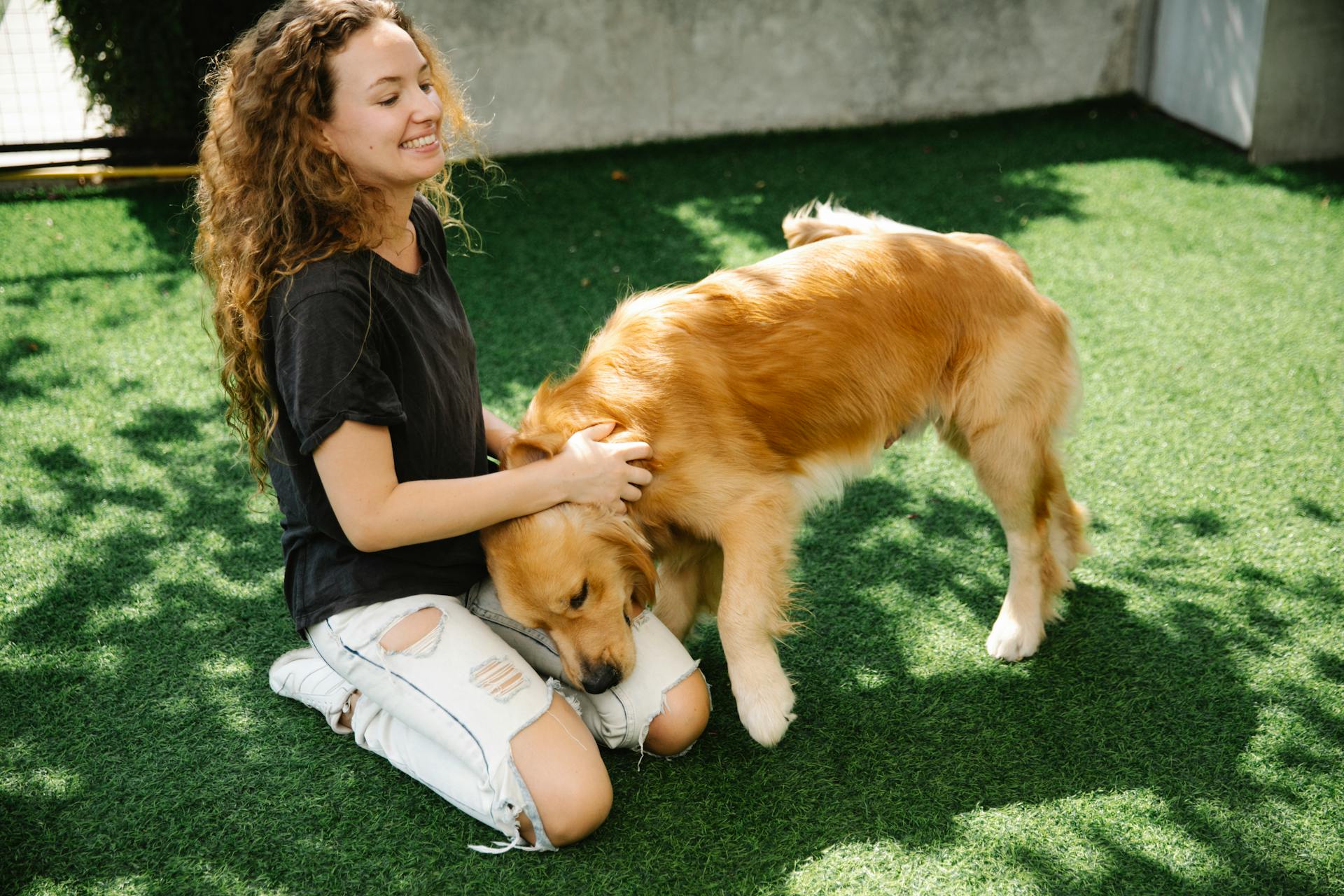
Here are some notable adaptations and references to Hachiko:
- Films: Hachikō Monogatari (1987), Hachi: A Dog's Tale (2009)
- TV: "Jurassic Bark" (Futurama, 2002)
- Video games: The World Ends with You (2007), NEO: The World Ends With You (2021)
- Books: "Hachikō: The True Story of a Loyal Dog" (Pamela S. Turner), "Hachiko Waits" (Lesléa Newman), "Hachikō: The Dog that Waited" (Lluís Prats)
Frequently Asked Questions
How many years did Hachiko wait?
Hachiko waited for 9 years and 9 months. This remarkable loyalty lasted for 10 years and 15 days after his owner's passing.
Was Hachiko A Shiba Inu or Akita?
Hachikō was an Akita, not a Shiba Inu, a breed of large Japanese dog. Born in 1923, Hachikō's loyalty and devotion to his master have made him a legendary figure in Japanese history.
Featured Images: pexels.com
